Solana is one of the most rapidly expanding layer 1 blockchain networks, thanks to its incredibly fast transaction rates and minimal fees. The network achieves industry-leading performance by utilizing a unique proof-of-stake consensus methodology and innovating in areas such as transaction parallelization and block propagation.
Central to Solana’s thriving on-chain ecosystem is the SPL token standard – SPL stands for Solana Programming Language. SPL, launched alongside the mainnet in 2020, establishes a standard interface for fungible and non-fungible tokens to communicate easily with Solana-based Decentralised Applications (dApps). Let’s look at it in depth and see how it differs from other token standards.
SPL Token Standard
SPL-20, or Solana Program Library-20, goes beyond being a mere token format; it embodies a comprehensive set of rules governing token creation and functionality within the Solana network.
Drawing inspiration from Bitcoin’s BRC-20 standard, SPL Token Standard distinguishes itself by enabling the direct storage of digital artwork on the blockchain—a departure from traditional NFT methods that often rely on third-party platforms for art storage. This direct storage on the blockchain not only provides a more seamless experience for users and creators but also sets SPL-20 apart.
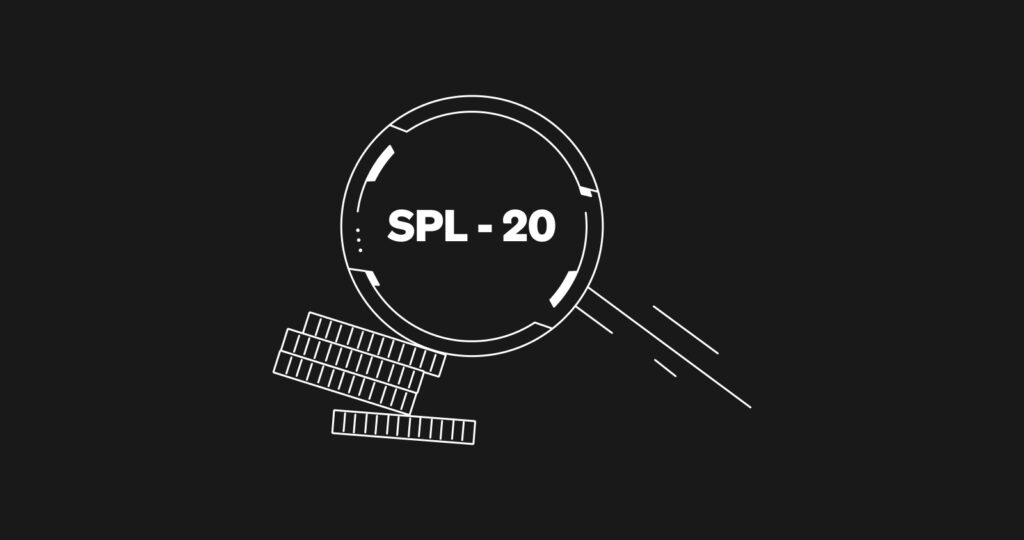
Another noteworthy aspect is SPL-20’s compatibility with the existing Solana Program Library, allowing developers to easily integrate new tokens into the Solana ecosystem. This compatibility streamlines token creation and enhances the overall efficiency of the network.
The versatility of SPL Token Standard has opened up various possibilities, spanning decentralized finance (DeFi) protocols involving stablecoins and lending platforms to the expanding domain of NFTs. This adaptability facilitates the creation of unique and tradable digital assets such as digital art, collectibles, and virtual real estate.
The potential impact of SPL-20 is evident in its cross-chain compatibility capabilities, supporting smooth asset transfers between different blockchain networks and fostering a more interconnected and diverse crypto ecosystem.
How Does SPL-20 Revolutionize the Storage of Digital Art?
SPL Token Standard introduces a distinctive approach by assigning individual Solana addresses to images, facilitating direct on-chain storage. This method not only enhances the integrity and durability of the art but also frees it from the limitations of external data storage.
The innovation doesn’t stop there. With SPL Token Standard, digital art gains the ability to be modified — a significant departure from the typical immutable state of blockchain assets. This flexibility opens up new creative possibilities, such as altering traits or incorporating dynamic elements like day and night cycles into NFTs for gaming.
These features, inspired by Bitcoin’s BRC-20 protocol, elevate the level of creativity and interaction in blockchain-based digital art. SPL-20 inscriptions contribute to the advancement of digital art on Solana, presenting a vision of security and seamless integration within the network. This aligns with the overarching goal of enhancing the digital art community, bolstering its resilience, and broadening its accessibility.
Despite the advantages, implementing SPL-20 inscriptions poses challenges. Storing large documents on the Solana blockchain may result in issues such as network congestion, increased bandwidth requirements for validators, and higher infrastructure costs.
Critics argue that Solana’s inherent features may already handle complex NFT transactions and storage, casting doubt on the necessity of an additional layer like SPL-20.
How have SPL Token Standard Inscriptions Evolved?
The growth of SPL-20 inscriptions, a standardized token format within the Solana Program Library-20, is widely regarded as a transformative development for the Solana blockchain. Below, we delve into the notable expansion and influence of SPL-20 inscriptions:
▪️ Boost in Scalability and Efficiency: The adoption of SPL-20 inscriptions has further amplified Solana’s renowned attributes of high throughput and low transaction costs. This advancement aligns seamlessly with Solana’s ongoing initiatives to scale its operations while upholding superior performance standards.
▪️ Developer-friendly Landscape: SPL-20 inscriptions have streamlined the token development process on Solana, offering a standardized framework that simplifies the intricacies of token creation. This approach enhances accessibility for a broader spectrum of developers, fostering a more inclusive environment that is pivotal in attracting increased innovation and creativity to the Solana ecosystem.
▪️ Augmented Interoperability: A noteworthy accomplishment of SPL Token Standard is the heightened interoperability within the Solana network. This feature facilitates collaboration and interaction among diverse projects, establishing a more interconnected blockchain environment. Prioritizing interoperability contributes significantly to the sustained health and expansion of the blockchain community over the long term.
How SPL-20 Manages Inscription Ranking and Control
SPL-20 employs a unique approach to handle inscription ranking and control, significantly impacting NFT authenticity and creator influence. The following outlines the key aspects of SPL-20’s operation:
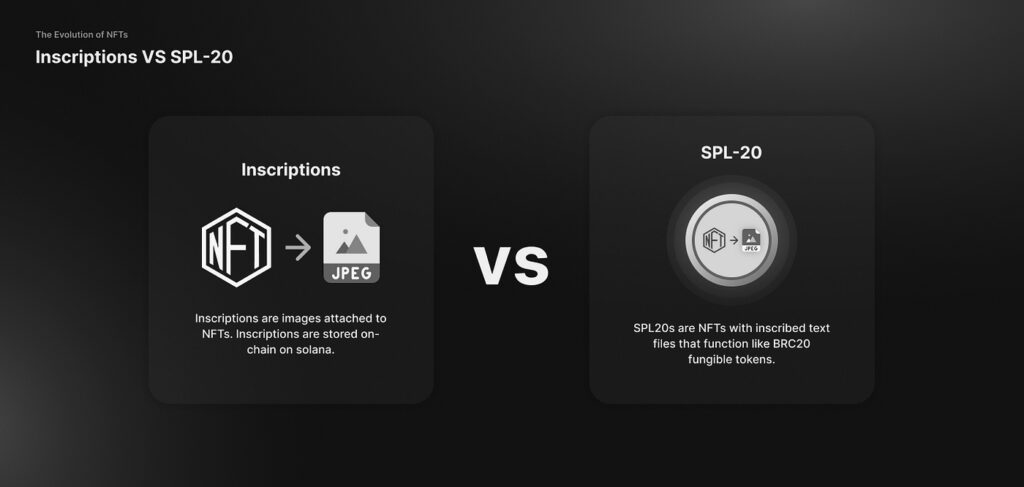
▪️ Inscription Ranking: The sequence in which SPL-20 inscriptions are generated determines their ranking, akin to the ordinal ranking of Bitcoin. This methodology fosters FOMO (Fear of Missing Out), enticing greater participation in on-chain inscription activities. Early inscriptions, being particularly coveted, generate interest and engagement within the Solana community.
▪️ Control and Update Authority: The ability to oversee the inscription process, termed ‘update authority,’ is a crucial aspect of SPL-20. To inscribe an SPL-20, a user must possess update authority, signifying that they are the NFT’s creator.
This requirement ensures that project owners retain control over the inscription process, thereby maintaining the authenticity of the NFT project. Additionally, it establishes a foundation of trust and security for both creators and collectors.
▪️ Prevention of Unauthorized Alterations: The responsibility of holding update authority serves not only as a safeguard against unauthorized modifications but also as a deterrent to individuals attempting to alter the image without proper authorization. This element plays a vital role in preserving the authenticity of the NFT and safeguarding the creator’s original vision.
SPL-20’s approach to overseeing inscription ranking and regulation is pivotal in enhancing the credibility and dependability of NFT ventures within the Solana network.
What are the Strengths and Hurdles Associated with the SPL Token Standard?
SPL Token Standard presents various benefits, accompanied by a distinct set of challenges.
Advantages:
▪️ Scalability and Efficiency: SPL-20 inscriptions contribute to the acceleration and optimization of the Solana network. Although Solana is renowned for its speed and affordability, integrating SPL-20 inscriptions further enhances its performance. This enhancement is crucial as it enables the network to accommodate a growing number of transactions and users.
▪️ Improved Interoperability: Utilizing SPL-20 inscriptions brings about heightened compatibility with the Solana network. This attribute fosters seamless collaboration and communication among diverse blockchain initiatives. The result is a more cohesive and dynamic blockchain environment, essential for nurturing a robust and adaptable ecosystem.
Challenges:
▪️ Potential Network Bloat: An eminent challenge associated with SPL-20 inscriptions is the risk of network bloat, arising from the storage of substantial files directly on the blockchain. This may lead to increased bandwidth requirements for validators and heightened expenses for infrastructure providers, potentially impacting the network’s effectiveness and scalability.
▪️ Complexity of On-chain Media: While on-chain media support delivers numerous advantages, it introduces intricacies in the efficient management and storage of these media files. Ensuring that the network can meet these demands without compromising performance poses an ongoing challenge that requires continual attention and innovation.
Conclusion
By allowing digital art to be stored directly on the blockchain, SPL Token Standard distinguishes itself from conventional approaches, providing a seamless and unified experience for both creators and users.
The incorporation of SPL-20 has not only improved Solana’s scalability and efficiency but has also increased the network’s accessibility and interoperability in a varied blockchain landscape.
To learn more about Solana’s SPL Token Standard, go check out SunCrypto Academy.
Disclaimer: Crypto products and NFTs are unregulated and can be highly risky. There may be no regulatory recourse for any loss from such transactions. All content provided is for informational purposes only, and shall not be relied upon as financial/investment advice. Opinions shared, if any, are only shared for information and education purposes. Although the best efforts have been made to ensure all information is accurate and up to date, occasionally unintended errors or misprints may occur. We recommend you do your own research or consult an expert before making any investment decision. You may write to us at [email protected].

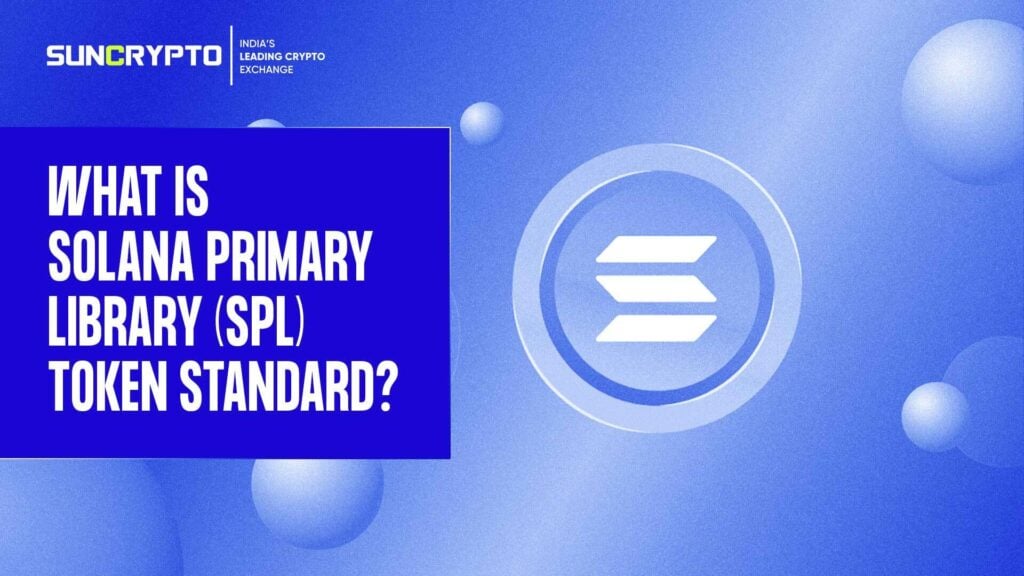
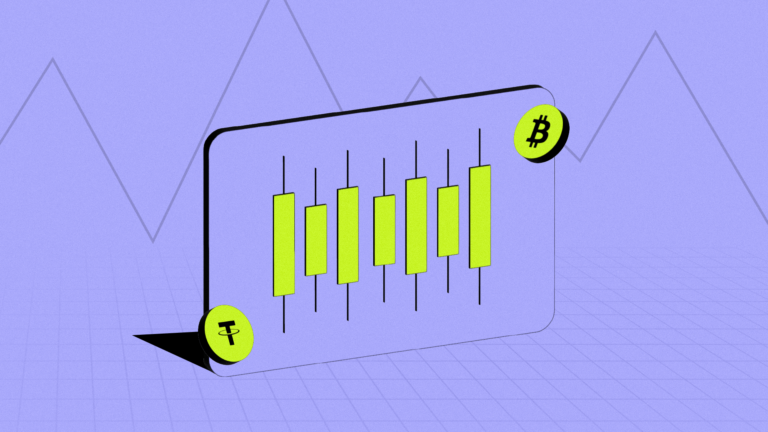
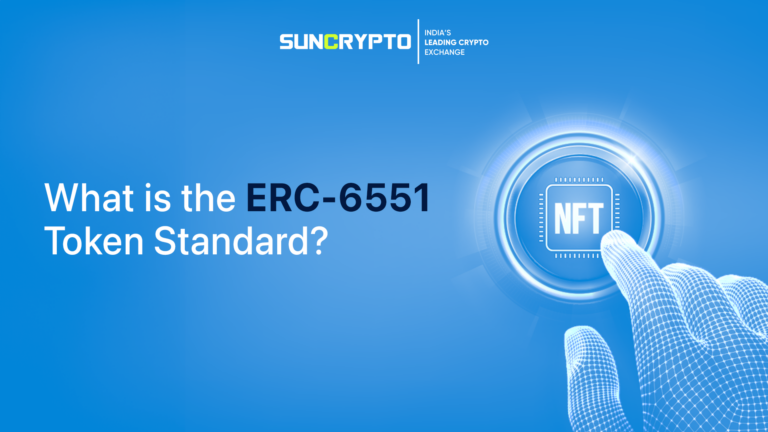
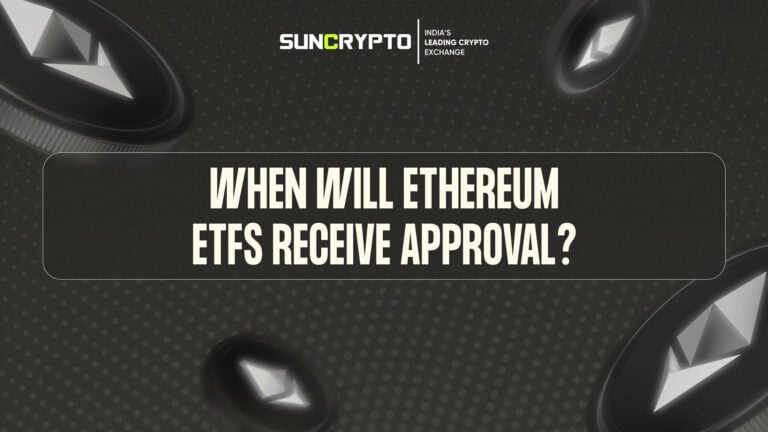

Thank u for knowledge and education timely providing from ur side